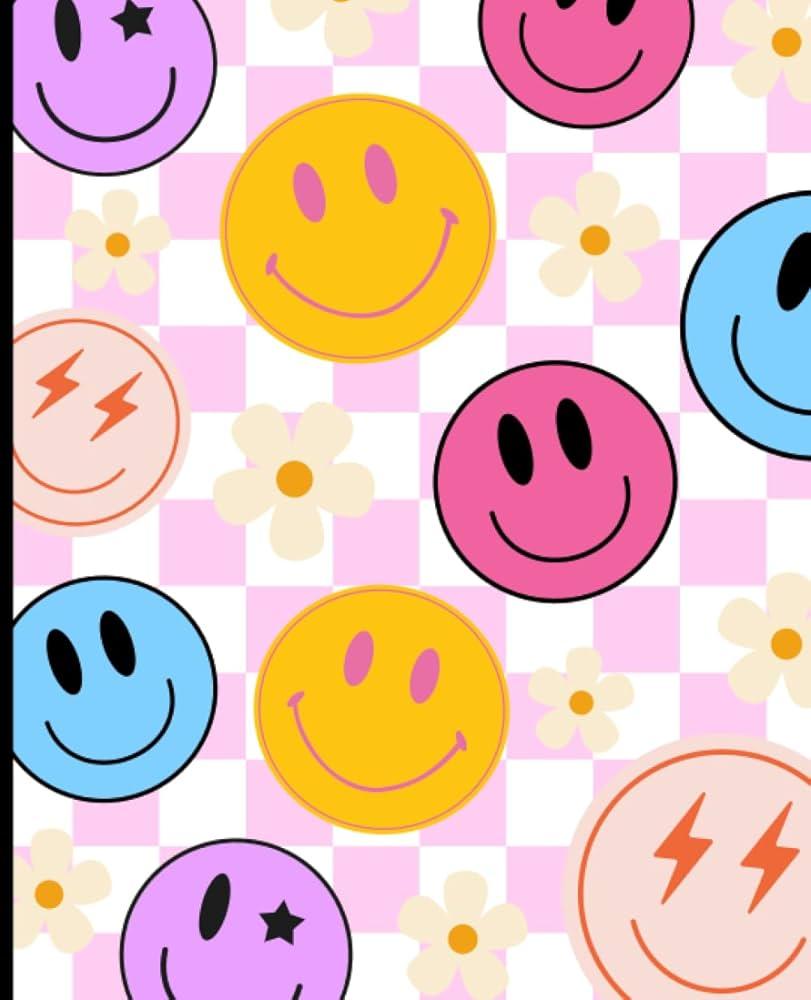Starbucks’ Evolving Cup Art: A Reflection of Cultural Trends
In an era where consumer tastes and brand identities are in constant flux, Starbucks stands at a significant juncture in its marketing approach. A recent article from the Wall Street Journal titled “Smiley Faces Are In. Animals Are Out. The Politics of Starbucks Cup Doodles” examines the strategic transformation within the coffee titan’s iconic cup designs. As whimsical animal illustrations wane in popularity, smiley faces have emerged as a dominant theme, showcasing not only a playful interaction with customers but also offering insights into societal moods and trends. This piece investigates the cultural ramifications of these doodles on Starbucks’ branding, the motivations behind these creative shifts, and what they reveal about the intersection of art, commerce, and public sentiment in today’s marketplace.
The Evolution of Starbucks Cup Art
The trend surrounding Starbucks cup doodles has experienced significant changes that mirror shifting cultural attitudes and consumer preferences. Once characterized by charming animal sketches, these cups now feature vibrant smiley faces that resonate with an increasingly optimistic spirit prevalent today. This transition is deeply rooted in a broader context where positivity and connection are prioritized more than ever following global challenges like the pandemic. Consumers appear to favor imagery that embodies joy and unity, fostering community even amidst ongoing uncertainties. The contrast between smiley faces and recent social movements underscores a collective yearning for lightheartedness during turbulent times.
Moreover, this shift from animals to smiley faces serves as a microcosm reflecting evolving consumer values—favoring relatable emotions over mere visual appeal. This nuanced yet impactful change signifies society’s desire for friendly communication that feels accessible to all demographics. By adopting smiley face motifs, Starbucks engages with a universal language that transcends barriers across generations. The brand’s agility in adapting to these cultural currents not only boosts customer engagement but also solidifies its position as an influencer within contemporary culture—a testament to how art intertwines with commerce amid changing public sentiments.
Adapting to Consumer Preferences in a Dynamic Market
The latest trends indicate notable shifts in consumer preferences regarding branding aesthetics—particularly evident through the evolving designs seen on Starbucks cups. While endearing animal themes once captivated audiences’ hearts, there is now an evident preference for cheerful smiley faces, which reflect deeper emotional connections rather than just aesthetic choices alone. As competition intensifies within various markets, brands like Starbucks recognize how visual branding can significantly sway purchasing decisions by tapping into prevailing positive sentiments.
This design evolution mirrors larger cultural narratives at play today; analysis shows consumers increasingly gravitate towards visuals promoting joy and optimism, moving away from traditional whimsical animal depictions altogether—a sentiment echoed by recent surveys:
| Doodle Type | User Preference (%) |
|---|---|
| Smiley Faces | 65% |
| Animals | 35% |
This shift compels brands to recalibrate their visual narratives according to changing preferences while leveraging social media insights for informed design strategies—an agile response crucial for maintaining market relevance while deepening emotional ties with consumers during this fast-paced economic landscape where sentiments can fluctuate rapidly.
Leveraging Artwork for Brand Enhancement Strategies
The role of art remains pivotal within brand identity formation; it serves as an influential medium through which companies like Starbucks convey their core values while connecting authentically with consumers at large scale levels.
By incorporating strong artistic elements into marketing initiatives—including playful visuals such assmiley faces instead of conventional imagery like animals—the company aligns itself more closely with growing demands among customers seeking positivity alongside relatability; thus making image selection integral toward successful branding efforts overall.
This strategy can be effectively implemented through various approaches:
- Sociable Media Initiatives:Create engaging posts featuring unique artwork designed specifically around current themes or campaigns aimed at establishing consistent messaging throughout platforms.
- Limited Edition Offerings:Create seasonal products showcasing trendy artwork enhancing exclusivity appeal among buyers eager for novelty experiences!
- User Engagement Opportunities:
A comprehensive evaluation must accompany any implementation plan assessing impacts stemming from visual strategies employed! Below is data illustrating customer engagement trends associated directly linked back towards different styles utilized recently :
| >Art Style<< / th >> << th >>Engagement Rate<< / th >> << th >>Brand Recall<< / th >> << / tr >> << / head >> << tbody >> << tr > <<< td >> Smiley Faces< td > <<< td >> 75%< td > <<< td >> 85%< td > <<< tr > <<< tr > <<< td >> Animals< td > <<< td >> 50%< td > <<< td>>60%< dt /> >>>/ tr /> >>>/ tbody /> >>>/ table /> Conclusion: Key Insights on Branding Through ArtistryThe transformation observed within Starbuck’s cup designs encapsulates broader societal dynamics alongside shifting consumer perspectives . With increasing popularity surrounding cheerful emoticons symbolizing collective aspirations toward optimism amidst polarization , we witness diminishing presence concerning traditional animal illustrations highlighting evolving value systems intertwined between branding & public perception . These seemingly trivial doodles serve profound purposes acting canvases sparking meaningful dialogues reflecting complexities inherent throughout modern-day consumption patterns . As Starbuck continues refining its identity , one truth remains undeniable : artistry extends beyond mere coffee—it fosters genuine connections bridging diverse audiences together! |
|---|
